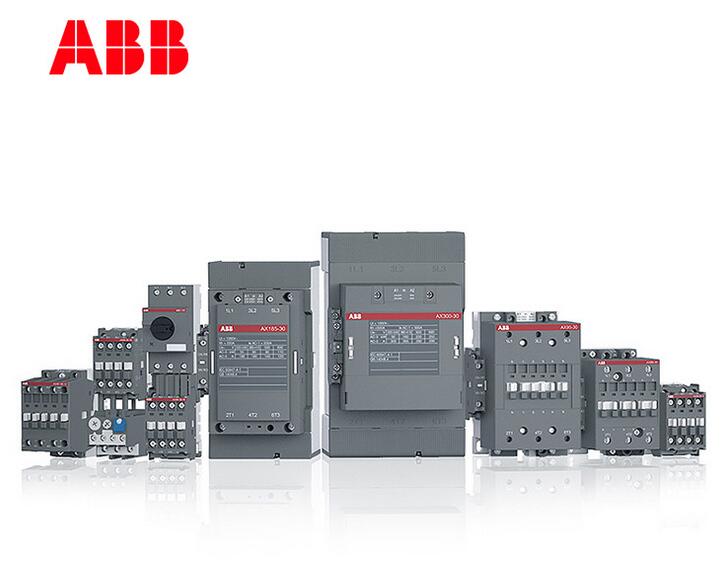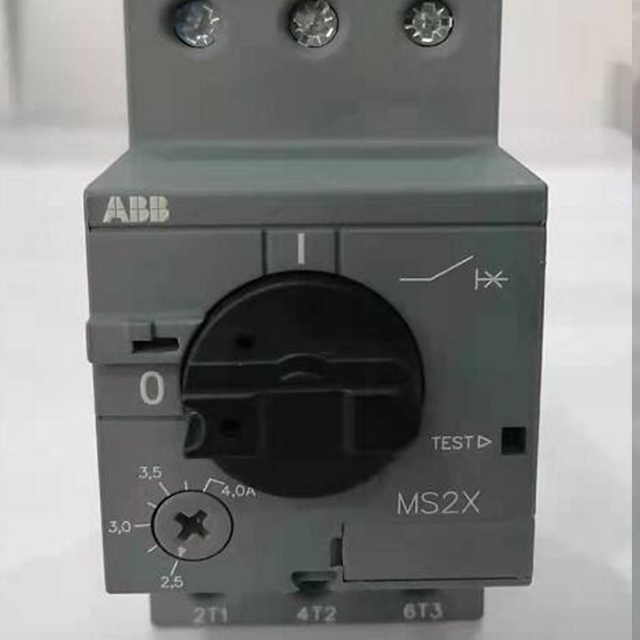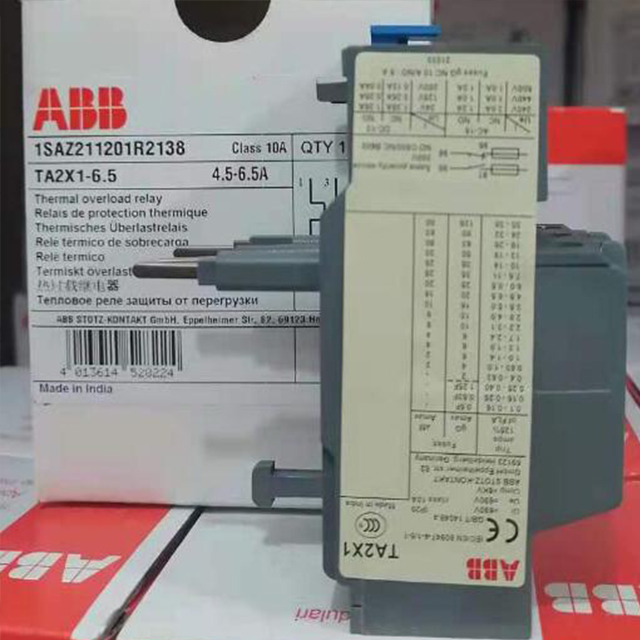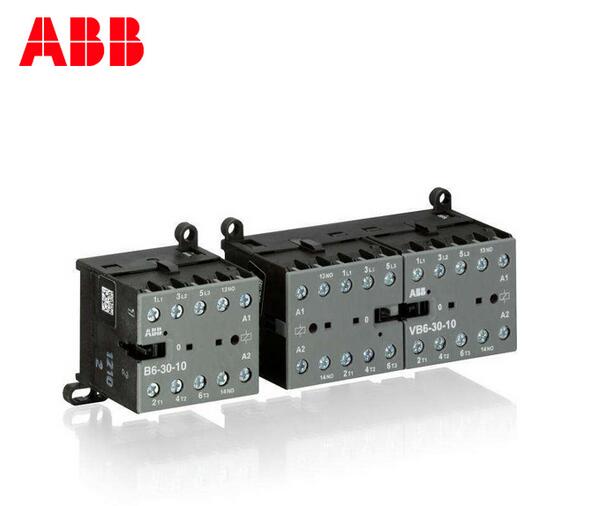塑殼斷路器和微型斷路器的區(qū)別!
來(lái)源:http://www.xzthjc.com/ 日期:2021-10-18 發(fā)布人:admin
塑殼斷路器能夠在電流超過(guò)跳脫設(shè)定后自動(dòng)切斷電流。塑殼指的是用塑料絕緣體來(lái)作為裝置的外殼,用來(lái)隔離導(dǎo)體之間以及接地金屬部分。
The molded case circuit breaker can automatically cut off the current when the current exceeds the tripping setting. Plastic shell refers to the use of plastic insulator as the shell of the device, which is used to isolate between conductors and grounded metal parts.
塑殼斷路器通常含有熱磁跳脫單元,而大型號(hào)的塑殼斷路器會(huì)配備固態(tài)跳脫傳感器。其脫扣單元分為:熱磁脫扣與電子脫扣器。常用的,額定電流共有以下幾種
Molded case circuit breakers usually contain thermal magnetic trip units, while large models of molded case circuit breakers will be equipped with Solid-state trip sensors. The tripping unit is divided into thermal magnetic tripping and electronic tripping. The common rated currents are as follows:
工作原理:低壓斷路器的主觸點(diǎn)是靠手動(dòng)操作或電動(dòng)合閘的。
Working principle: the main contact of low-voltage circuit breaker is closed manually or electrically.


主觸點(diǎn)閉合后,自由脫扣機(jī)構(gòu)將主觸點(diǎn)鎖在合閘位置上。過(guò)電流脫扣器的線圈和熱脫扣器的熱元件與主電路串聯(lián),欠電壓脫扣器的線圈和電源并聯(lián)。當(dāng)電路發(fā)生短路或嚴(yán)重過(guò)載時(shí),過(guò)電流脫扣器的銜鐵吸合,使自由脫扣機(jī)構(gòu)動(dòng)作,主觸點(diǎn)斷開(kāi)主電路。當(dāng)電路過(guò)載時(shí),熱脫扣器的熱元件發(fā)熱使雙金屬片上彎曲,推動(dòng)自由脫扣機(jī)構(gòu)動(dòng)作,主觸點(diǎn)斷開(kāi)主電路。當(dāng)電路欠電壓時(shí),欠電壓脫扣器的銜鐵釋放,也使自由脫扣機(jī)構(gòu)動(dòng)作,主觸點(diǎn)斷開(kāi)主電路。當(dāng)按下分勵(lì)脫扣按鈕時(shí),分勵(lì)脫扣器銜鐵吸合,使自由脫扣機(jī)構(gòu)動(dòng)作,主觸點(diǎn)斷開(kāi)主電路。
After the main contact is closed, the free tripping mechanism locks the main contact in the closing position. The coil of the overcurrent release and the thermal element of the thermal release are connected in series with the main circuit, and the coil of the undervoltage release is connected in parallel with the power supply. In case of short circuit or serious overload of the circuit, the armature of the overcurrent release is pulled in to make the free tripping mechanism act, and the main contact disconnects the main circuit. When the circuit is overloaded, the thermal element of the thermal release generates heat, bends the bimetallic sheet, pushes the free release mechanism to act, and the main contact disconnects the main circuit. When the circuit is under voltage, the armature of the under voltage release releases, which also makes the free release mechanism act, and the main contact disconnects the main circuit. When the shunt release button is pressed, the armature of the shunt release is pulled in to make the free release mechanism act, and the main contact disconnects the main circuit.
微型斷路器由操作機(jī)構(gòu)、觸點(diǎn)、保護(hù)裝置(各種脫扣器)、滅弧系統(tǒng)等組成。其主觸點(diǎn)是靠手動(dòng)操作或電動(dòng)合閘的。
The miniature circuit breaker is composed of operating mechanism, contact, protection device (various releases), arc extinguishing system, etc. The main contact is closed manually or electrically.
主觸點(diǎn)閉合后,自由脫扣機(jī)構(gòu)將主觸點(diǎn)鎖在合閘位置上。過(guò)電流脫扣器的線圈和熱脫扣器的熱元件與主電路串聯(lián),欠電壓脫扣器的線圈和電源并聯(lián)。當(dāng)電路發(fā)生短路或嚴(yán)重過(guò)載時(shí),過(guò)電流脫扣器的銜鐵吸合,使自由脫扣機(jī)構(gòu)動(dòng)作,主觸點(diǎn)斷開(kāi)主電路。當(dāng)電路過(guò)載時(shí),熱脫扣器的熱元件發(fā)熱使雙金屬片上彎曲,推動(dòng)自由脫扣機(jī)構(gòu)動(dòng)作。當(dāng)電路欠電壓時(shí),欠電壓脫扣器的銜鐵釋放。也使自由脫扣機(jī)構(gòu)動(dòng)作。
After the main contact is closed, the free tripping mechanism locks the main contact in the closing position. The coil of the overcurrent release and the thermal element of the thermal release are connected in series with the main circuit, and the coil of the undervoltage release is connected in parallel with the power supply. In case of short circuit or serious overload of the circuit, the armature of the overcurrent release is pulled in to make the free tripping mechanism act, and the main contact disconnects the main circuit. When the circuit is overloaded, the thermal element of the thermal release generates heat, bends the bimetallic sheet and pushes the free release mechanism to act. When the circuit is under voltage, the armature of the under voltage release is released. It also makes the free tripping mechanism act.
相關(guān)新聞
相關(guān)產(chǎn)品
 電動(dòng)機(jī)保護(hù)用斷路器MS2X系列
電動(dòng)機(jī)保護(hù)用斷路器MS2X系列  熱繼電器TA2X系列
熱繼電器TA2X系列  寬電壓接觸器AF系列
寬電壓接觸器AF系列  接觸器B系列
接觸器B系列 
 魯公網(wǎng)安備 37010402001012號(hào)
魯公網(wǎng)安備 37010402001012號(hào)